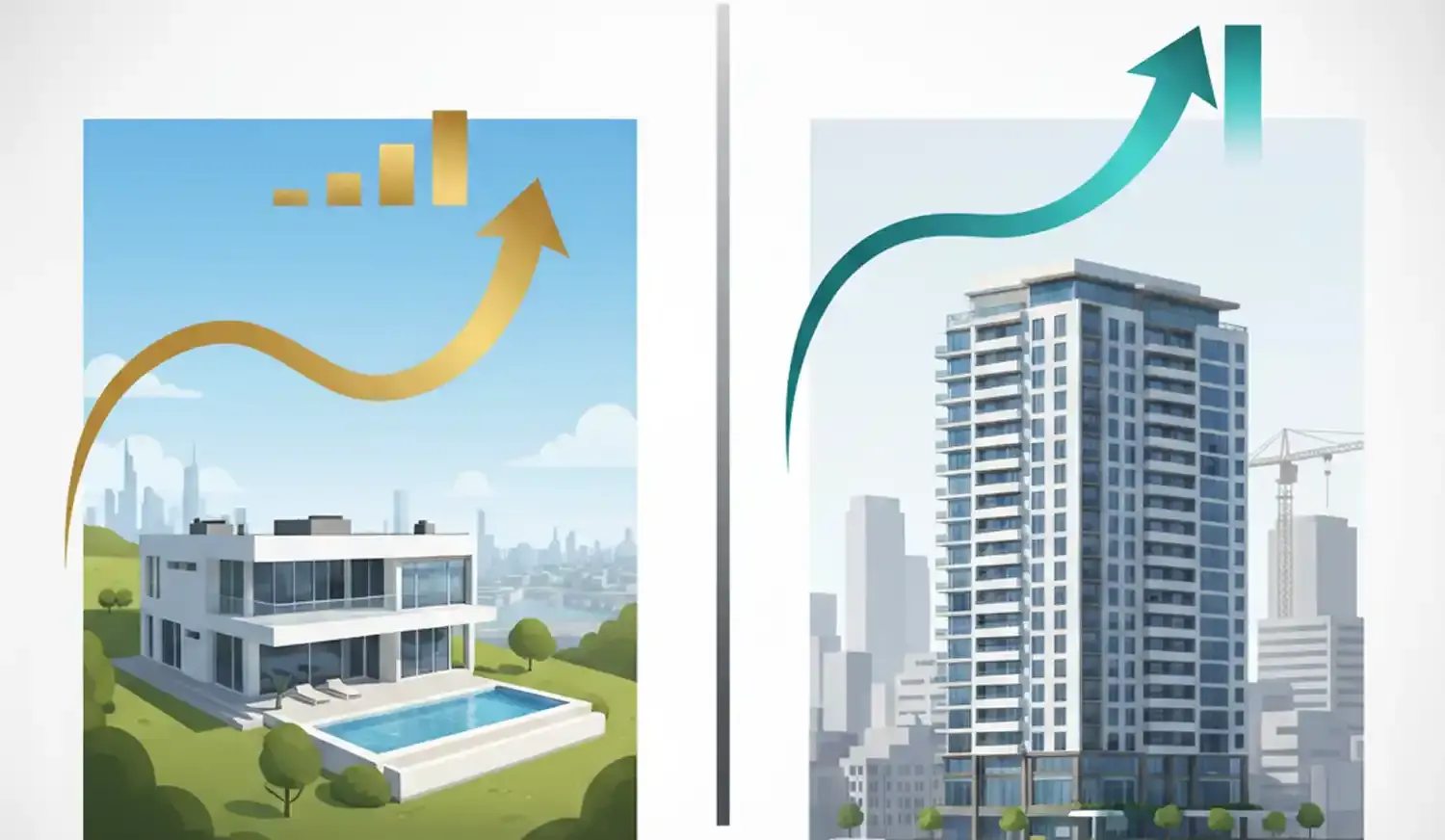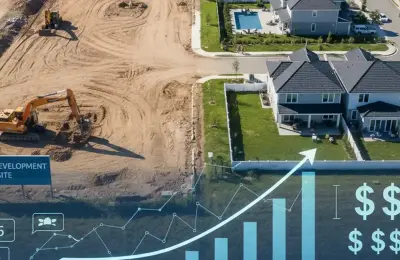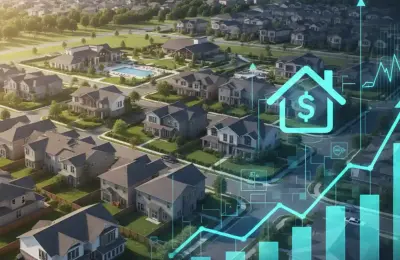
UAE Real Estate Forecast 2026: Villa vs. Apartment Price Dynamics – The Golden Visa Effect

The UAE real estate market remains a global epicenter for investment, attracting high-net-worth individuals (HNWIs) and international capital. Forecasting asset prices in the dynamic environment of Dubai and Abu Dhabi is crucial for optimizing portfolios.
What key factors will drive the comparative price dynamics between luxury villas and high-yield apartments in the UAE through 2026? We analyze the macroeconomic forces, demographic shifts, and government policies shaping the price gap between these two vital segments.
📈 Economic Pillars Driving UAE Property Prices in 2026
The stability and growth of the UAE’s economy provide a strong foundation for sustained real estate appreciation, unlike many global markets facing recessionary pressures.
Golden Visa Effect: The continuation and expansion of the UAE's Golden Visa program directly encourages long-term residency and, critically, permanent home ownership. This robust demand primarily targets spacious, high-quality assets (villas) and premium apartments.
Population Influx & Diversification: Major government initiatives (like Dubai Economic Agenda D33) are attracting skilled professionals, driving a steady influx of residents. This sustains demand for both rental and owned properties, tightening the market.
Oil Stability & Global Capital Flight: Stable oil prices bolster government finances, while global geopolitical instability positions the UAE as a secure financial safe haven, attracting significant capital flow into Dubai real estate assets.
🏡 Villa Price Dynamics: The Scarcity Premium & Luxury Boom
The UAE villa segment is characterized by extreme demand at the ultra-prime level and a significant shortage of available land in established, central locations.
| Factor Influencing Villas | Price Dynamics Forecast (2026) |
|---|---|
| Ultra-Prime Scarcity | Highest appreciation rate. Prime locations (Palm Jumeirah, Jumeirah Bay, Emirates Hills) have limited stock. HNWIs are willing to pay a scarcity premium, leading to double-digit price growth in top areas. |
| Branded Residences | Strong capital value. New branded villa projects (e.g., by fashion houses or automotive brands) command higher prices, transferring luxury brand value directly into property value. |
| End-User Demand | Sustained stability. Post-COVID preference for space, private amenities, and larger plots continues to drive genuine end-user purchases, insulating the segment from speculative drops. |
Key Insight: UAE villa prices will continue to be bifurcated. While suburban and older villas may see stable, single-digit growth, the ultra-luxury segment will likely lead the market with the steepest percentage gains due to severe supply constraints.
🏢 Apartment Price Dynamics: High Volume and Rental Yield Focus
The apartment segment is the engine of transactional volume in the UAE, appealing to a broader range of investors focused on strong rental returns and stable capital growth.
| Factor Influencing Apartments | Price Dynamics Forecast (2026) |
|---|---|
| Rental Market Strength | High demand correlation. Record-high rental yields (especially in popular tourist and business districts like Dubai Marina, Downtown, and Business Bay) drive investor interest and support steady property valuation. |
| Off-Plan Supply | Volume impact. A large number of new off-plan apartment projects are scheduled for completion in 2025/2026. This high volume of new inventory could temper the rate of price growth compared to the scarce villa market. |
| Investor Accessibility | Broad appeal. Apartments offer a lower entry point for international and regional investors, ensuring high transactional activity and stable, volume-driven price appreciation across most asset classes. |
Key Insight: The Dubai apartment market will remain robust, favored for its liquidity and excellent rental yield potential. Price growth will be stable and healthy (e.g., high single-digit percentage) but may not match the extreme spikes seen in the ultra-prime villa sector due to increased new supply.
📊 Comparative Forecast: Villas vs. Apartments in the UAE 2026
The UAE real estate forecast for 2026 points towards a mature, two-tier market where both segments offer distinct advantages:
Price Growth Rate:
Villas (Ultra-Prime): Highest potential for percentage capital appreciation (possibly 10%+), driven purely by scarcity and luxury demand.
Apartments (Prime/Comfort): Reliable, stable growth (5-8%) with better Rental Yield (ROI) for income-focused investors.
Investment Profile:
Villas: Best for Ultra-HNWI investors seeking maximum capital preservation, personal use, and exposure to the luxury scarcity premium.
Apartments: Ideal for income-focused investors seeking liquidity, high occupancy rates, and stable returns driven by the booming tourism and expatriate populations.
The market remains bullish. Investors in 2026 must carefully weigh the scarcity-driven capital growth of villas against the yield-driven stability of apartments within the context of the UAE's strong economic trajectory.
News insight
 Nov 18, 2025
Nov 18, 2025
Property Developer Earnings in the US Market: A Comprehensive Overview
Explore how US property developers earn money. Learn about profit margins (Residential vs. Commercia...
 Nov 18, 2025
Nov 18, 2025
What Is a Build-to-Rent (BTR) Development?
Discover what a Build-to-Rent (BTR) development is. Learn about this growing real estate model, its...
 Nov 17, 2025
Nov 17, 2025
Build-to-Rent: Transforming America's Housing Landscape
Explore how the Build-to-Rent (BTR) model is transforming the US housing market. Learn why instituti...
